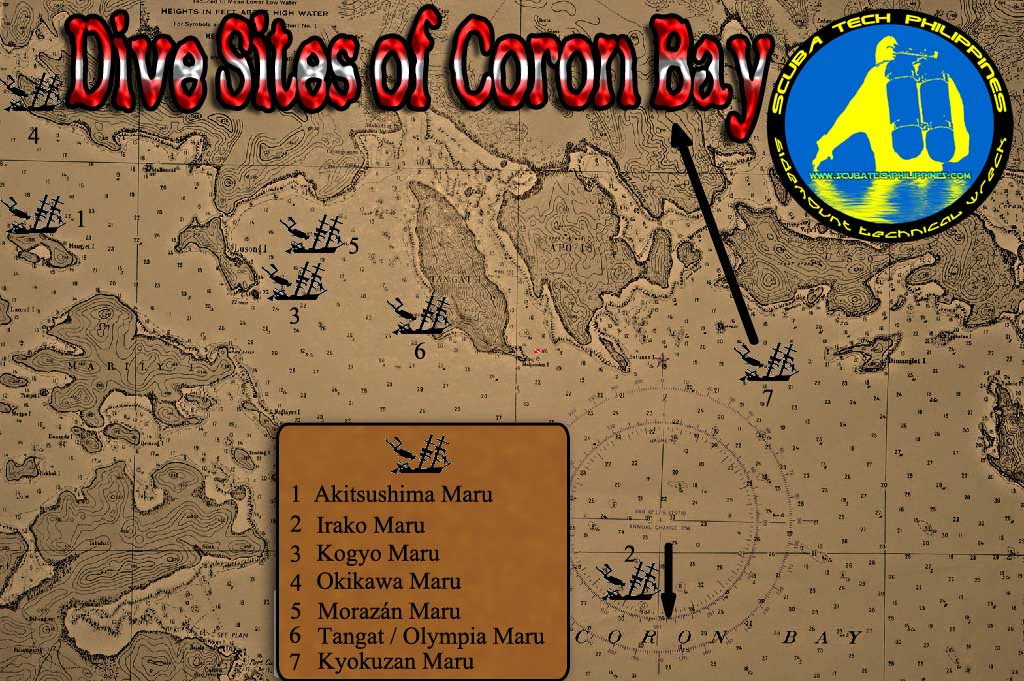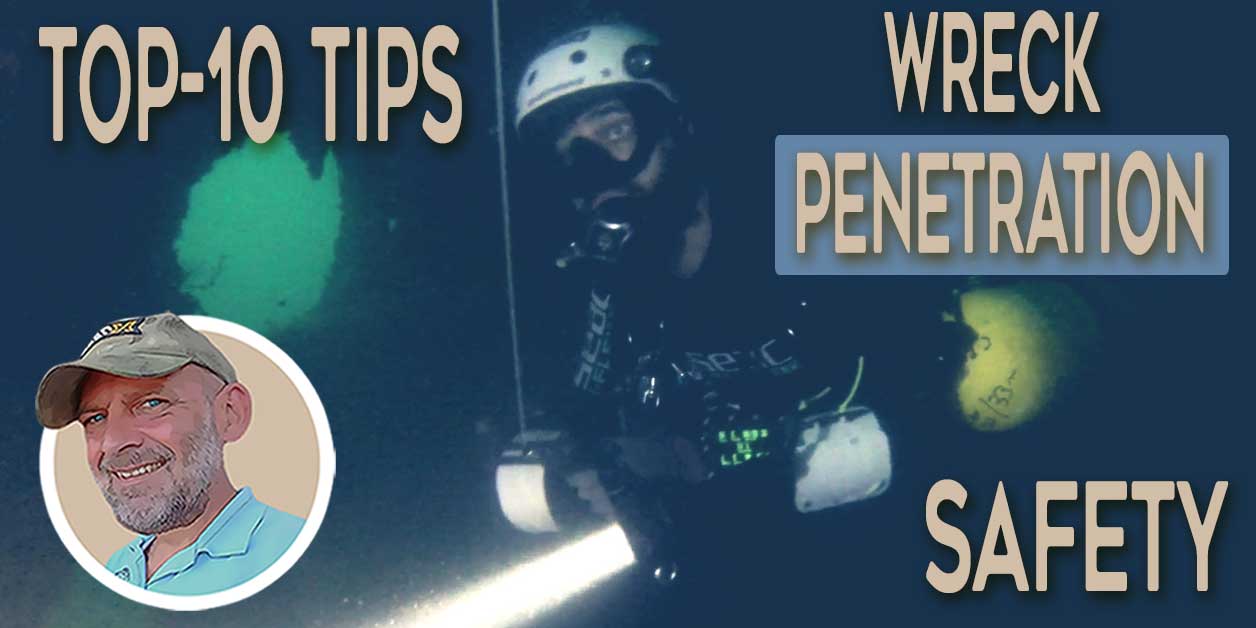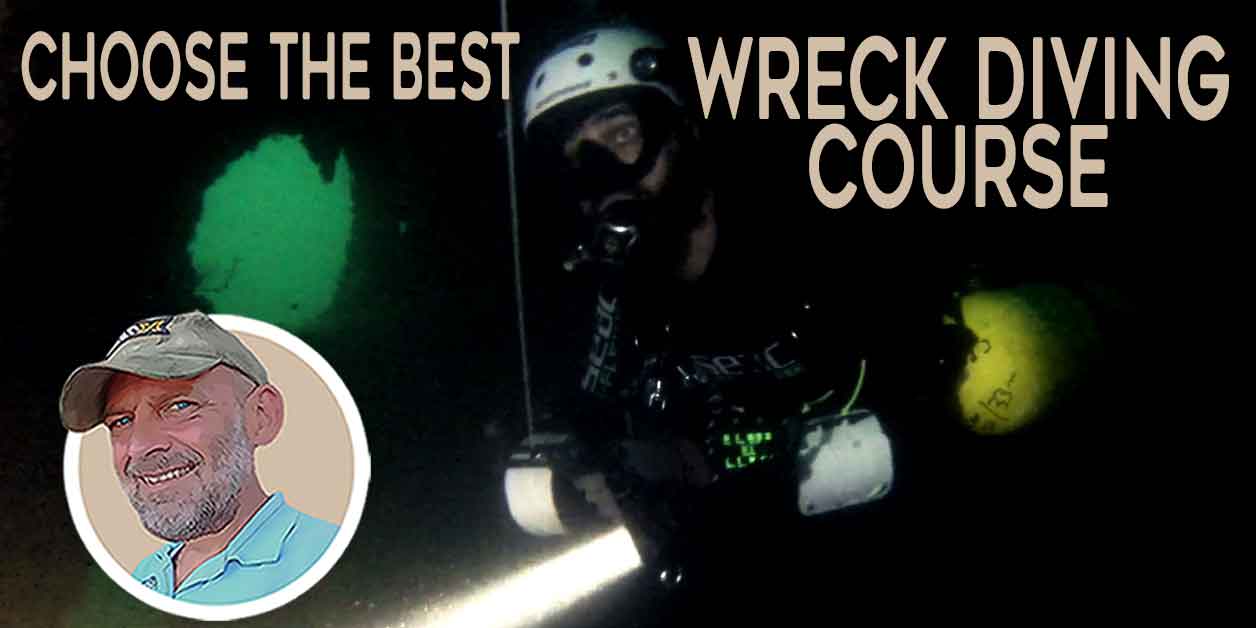The Shipwrecks of Coron, Philippines
The majority of the shipwrecks of Coron Bay result from a sustained air attack on the Imperial Japanese Navy that took place on the 24th of September 1944. The vessels were sunk by bombing, strafing, and torpedo attacks by Grumman F6F Hellcat and Grumman SB2C Helldiver aircraft from the US Navy ‘Fast Carrier Task Force 38’. That US task force comprised two CVs (fleet carriers) and two CVLs (light fleet carriers) plus escorts, with air-power supplied by Air Group (AG) 18, 19, and 31,
Introduction to Coron, Philippines
Coron is a small island in the Calamian Islands group, located in the northern part of Palawan province in the Philippines. Known for its crystal-clear waters, white sand beaches, and limestone cliffs, Coron is a popular destination for beachgoers and scuba divers alike. But what many people don’t know is that Coron is home to some of the most stunning shipwrecks in the world.
History of the shipwrecks of Coron
During World War II, Coron was a strategic location for both the Japanese and American forces. In September 1944, the Japanese Navy stationed a large fleet in Coron Bay to avoid detection by American reconnaissance planes. However, their plan was foiled when American planes discovered the fleet and launched a surprise attack. The ensuing battle resulted in the sinking of several Japanese ships, many of which are now popular dive sites.
The significance of Coron’s shipwrecks
The shipwrecks of Coron are not just remnants of a dark period in history. They are also home to a diverse range of marine life, including colorful coral reefs, schools of fish, and even sea turtles. Moreover, the shipwrecks have become an important part of Coron’s tourism industry, attracting thousands of visitors every year and contributing to the local economy.
Wreck diving map: the shipwrecks of Coron
What certification is necessary for wreck diving the shipwrecks of Coron?
Scuba diving the shipwrecks of Coron requires an appropriate level of training and certification. The shipwrecks are located at depths ranging from 10 to 40 meters, which means that divers must have at least an Open Water Diver certification to explore them. This certification provides the basic skills and knowledge needed to dive safely and comfortably in open water environments.
However, to dive some of the deeper wrecks, such as the Irako and the Okikawa Maru, more advanced certifications such as Advanced Open Water Diver or Deep Diver are required. These certifications provide additional training on skills such as emergency decompression, narcosis management, improved buoyancy control, and deep diving techniques.
For those who want to specialize in wreck diving, there are also basic Wreck Diver and Advanced Wreck Penetration Diving certifications offered by many dive training agencies. These certifications provides more in-depth training on the techniques and equipment needed to safely explore wrecks.
It is important to note that regardless of the certification level, divers must follow proper safety procedures and guidelines when diving the Coron shipwrecks. Venturing inside shipwrecks is exceptionally dangerous and should not be attempted without dedicated training in the skills, equipment, and protocols necessary. This includes detailed dive planning, gas management, the use of redundant gas sources, team diving techniques, silt-out emergency protocols, and how to lay and retrieve a guideline.
Read: How to select the best wreck diving course
The best wreck dives in Coron
Elements of the Japanese Fleet, including a supply convoy, were initially attacked in Manila Bay on the 21st of September 1944 – the survivors of that attack fled to Coron Bay for shelter but were tracked and re-engaged with devastating effectiveness.
The shipwrecks of Coron speak of a moment in history when the tide had turned against the Japanese military, with a resurgent US Navy using effective naval aviation to press a hard campaign – pushing Japanese forces out of their captured territories, harassing and destroying the Imperial Japanese Navy – thus leaving land forces exposed and un-supplied for the US Marines to engage.
The Akitsushima
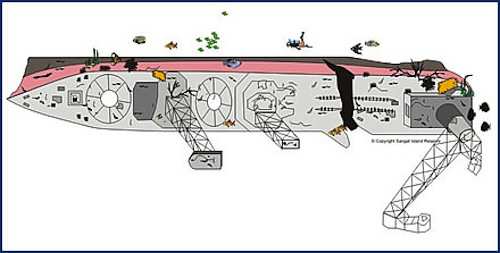
The Akitsushima Maru is one of the few true ‘warships’ sunk in Coron. The vessel was a ‘flying boat tender’ and served to deploy a seaplane (Kawanishi H8K1 ‘Emily’) from its large crane and deck. It was sunk by US Task Force 38 on the 24th of September 1944.
The wreck measures 118m (389ft) long and weighed 4,650 tonnes. The flying boat ‘Emily’ was never located. She lies sunken on her port side, lying on a bearing of 290o in 36m/119ft of water. Her upper surfaces (starboard hull) rises to 22m/72ft depth.
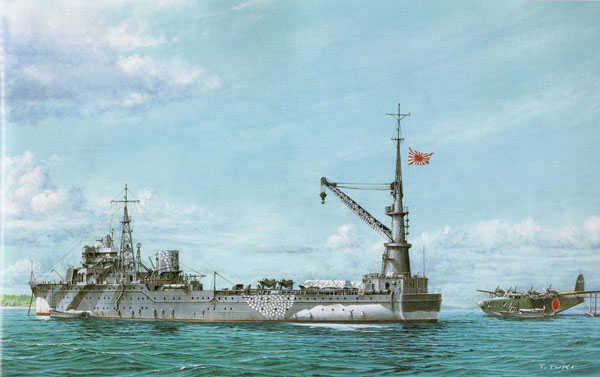
Sunk by a catastrophic torpedo hit to her fuel tanks, the vessel is cracked wide open just behind the mid-section, separating the crane (now lying on the sandy bottom at 36m) and her funnel. Visiting divers can view several 25mm AA guns near the funnel/crane, along with the turret (now empty) for a 12.7cm gun. The bridge section has collapsed over time, but the structure of the radio tower remains solid and serves to attract marine life. There are substantial amounts of debris (including some interesting artifacts) around the sea bed near the collapsed bridge area. Divers should be wary of live ammunition.
US Navy Records (from CoronWrecks.Com):
IJNS Akitsushima: (Navy Seaplane Tender)
Allied type designator: AV
The vessel had suffered minor damage inflicted by U.S. air attacks near Buka Island on 1 Sep 1942 and received two direct bomb hits during “Operation Hailstorm” in Truk Lagoon on 17 Feb 1944. However, she remained afloat due to her very strong construction and state-of-the-art bulkhead design (just look at this point when diving the wreck next time). Criticism over the relatively long Japanese building times for special service vessels are, by the way, not justified. In comparison, allied ships of similar purpose stood little chance to survive bombings like these.After being repaired in Japan she was back to service in July/August 1944. Akitsushima arrived in Coron Bay almost at same time as Irako and anchored in the narrow sound separating Lajo Island and Manglet Island. Strafed by Lt. (J.G.) Tuaspern and his wing she was first mistaken to be a destroyer escort (DE). VB-18 later scored one direct hit into the aft part of the vessel causing a tremendous explosion most likely of the AVGAS (aviation gasoline) fuel tanks for the flying boat.
Wreck penetration is possible (for those with appropriate training) into several decks, including the engine rooms – which house four large diesel engines. Currents are moderate – strong. Visibility is 5 – 15m.
- Depth: 22 – 36m
- Suitable for: Deep Divers / Technical Wreck Divers
- Perfect for: Military History Enthusiasts
- GPS: 11deg; 59` 20″N / 119deg; 58` 15″E
The Irako Maru
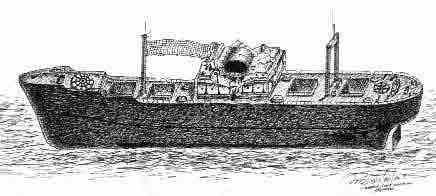
The Irako Maru was a refrigerated provision ship supporting the Imperial Japanese Navy Fleet. She was built in 1937 specifically to support extended fleet operations – able to supply food for 25,000 personnel for two weeks. The vessel was attacked and sunk on the 24th of September 1944, by US Task Force 38. She sustained multiple bomb hits on the upper-deck amidships, caught fire, and sank slowly with many casualties.
US Navy Records (from CoronWrecks.Com):
IJNS Irako: (Navy Provision Store Ship/Reefer)
Allied type designator: AF
Irako had been underway from Japan to Takao (i.e. Kaohsiung/Taiwan today) when she was damaged on 12 Aug 1944 by unknown cause. Carrying a deck load of reconnaissance water planes she arrived in Coron Bay around 22 Sep 1944 and tried to hide her presence between Tangat and Lusong Island. On the morning of 24 Sep a number of fighter bombers of Airgroup 31 expended their bombs on the vessel. Their first strike scored direct hits into the midship section. Set ablaze on the bridge superstructure Irako began to sink over the bow. However, it took some time before she finally went down with considerable casualties
The Irako Maru measures 147m /485ft in length and weighed 9,570 tonnes. She lies virtually upright (slight tilt to her port side) in 45m/148ft of water on a bearing of 260 degrees. She is virtually intact and her top deck rises to 34m/112ft depth. There are many opportunities for penetration, including; the wheelhouse, the cargo holds (entrance at 36m), and various decks, where you can access the galley (via a hole in the hull at 40m, near the rudder) and crew bunk rooms.
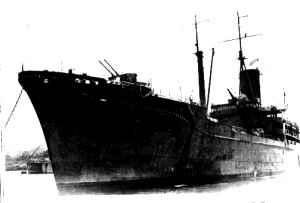
This is quite possibly the best choice of shipwrecks of Coron for those interested (and trained) to conduct deep wreck penetrations.
- Depth: 34 – 45m
- Suitable for: Deep Divers / Technical Wreck Divers
- Perfect for: Technical Wreck Penetration
- GPS: 11deg; 58` 10″N / 120deg; 02` 20″E
The Kogyo Maru
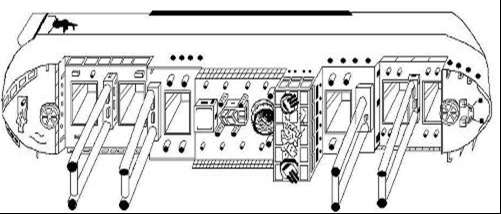
The Kogyo Maru (also known locally as the Ekkai Maru) was an Imperial Japanese Navy auxiliary supply ship, attacked by US Task Force 38 on 24 September 1944. She was carrying a load of construction materials for a runway (a bulldozer, cement bags, and mixer are still evident in her hold). Like many of the shipwrecks of Coron, she was a survivor of US air attacks in Manila Bay, then fled to Coron Bay to (unsuccessfully) evade further attacks. It is believed that over 39 crew perished when she was bombed and sank.
She now lies on her starboard side at a depth of 36m/116ft on a bearing of 230o. The Kogyo Maru measures 129m/425ft in length and weighed 6,352 tonnes. The upper surfaces (port-side hull) rises to 22m/72ft.
US Navy Records (from CoronWrecks.Com):
Kogyo Maru (Auxilliary Supply Ship, IJN/Navy
After she had survived TF 38`s air attacks on Japanese shipping in Manila Bay and Harbor on 21 Sep 1944 she received sailing order to transfer to Coron Bay and weighed anchor at 1730 the same day. She arrived in Coron Bay on 23 Sep 1540 and dropped anchor. The night was spent in trying to camouflage bridge and main deck. In the morning of 24 Sep at 0900 she was attacked by U.S. dive-bombers. After she had received several bomb hits the vessel sank with 39 men.
The engines were salvaged previously, but two large boilers remain – and penetration to the engine rooms is now available through the salvage holes. Further penetrations are available into the six cargo holds, through which the bridge section is accessible.
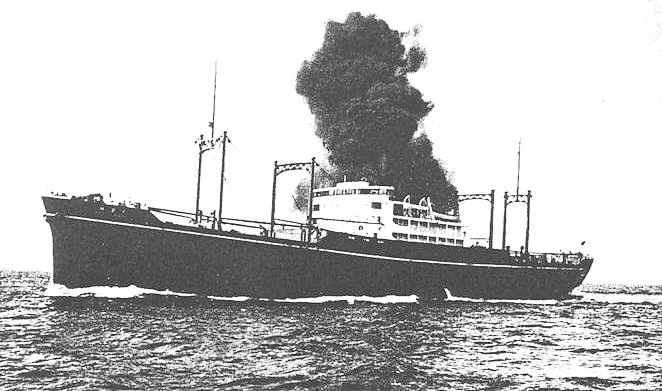
The wreck is home to some vibrant hard and soft corals, along with a wide diversity of marine life. Visibility is 3-15m and the current remains light-moderate.
- Depth: 22 – 36m
- Suitable for: Advanced Open Water / Deep Divers / Wreck Divers
- Perfect for: Accessible wreck penetrations / Underwater Photography
- GPS: 11deg; 58` 54″N / 120deg; 02` 15″E
The Okikawa Maru
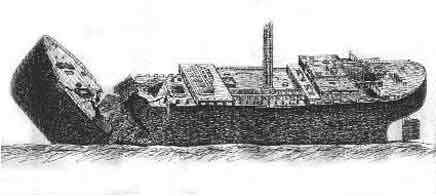
Initially believed misidentified as the Aka Taiei Maru, the Okikawa Maru was an oil tanker in service to the Imperial Japanese Navy. As with many of the war shipwrecks of Coron, she was attacked by US Task Force 38 on the 24th of September 1944. Having sustained massive damage in that attack, she burned for nearly 3 weeks and was eventually sunk (after a further bombing) on the 9th of October of that year. It is reported that 9 crew (gunners and sailors) died during her initial attack.
US Navy Records (from CoronWrecks.Com):
Okikawa Maru (Civilian oiler)
She had been mistaken for more than 50 years to be another tanker ship of very similar shape and size named Taiei Maru. She was in Manila Bay during the said air attacks. The ship got strafed but was not damaged. On 22 Sep she was ordered to move to Coron Bay and set sail at 1500. The vessel arrived in Coron Bay on 23 Sep 1800 and dropped anchor near the town of Concepcion. Okikawa Maru was attacked by 70 dive-bombers at 0855 on 24 September. The first two or more groups just strafed Okikawa Maru and continued to head for the seaplane tender Akitsushima anchored a few cables to the West. At 0910 the dive-bombers scored numerous hits and the vessel began to sink. Three gunners and 5 or 6 sailors were dead. The rest of the crew abandoned the ship. However, contrary to statements of Bowie and Dietrich (AG 31) Okikawa Maru did not sink at once. The forecastle remained afloat and burned until 9 Oct when another U.S. air group appeared and, in a final strike, sent her to the bottom.
The largest shipwreck of Coron Bay, she measures 170m/528ft in length and weighed 10,045 tonnes. She sank upright, with a slight tilt to the port side, at a depth of 26m/86ft on a bearing of 330o. The bow has broken off but lies en situ. The main deck rises to a depth of 10-16m (depending on the tide) – making her a perfect dive for Open Water divers and above.

There are many opportunities for wreck penetration, including access to the engine rooms via the propeller shaft, the oil storage holds, and crew berthing decks. Her shallower depth and moderate to strong (occasionally ripping) currents serve to attract a large volume of schooling and reef fish, in addition to fostering the growth of splendid corals on her structure. She is also well known as a macro-critter site.
- Depth: 10 – 26m
- Suitable for: Open Water / Wreck Divers (suitability depends on prevailing currents)
- Perfect for: Accessible wreck penetrations / Underwater (inc Macro) Photography
- GPS: 12deg; 01` 10″N / 119deg; 58` 07″E
Morazán / Olympia Maru

Initially referred to as the ‘Olympia Maru’ (the name persists), the Morazán Maru was an English-built (1908) freighter-liner, which was seized by the Imperial Japanese Navy in Shanghai, on 8th December 1941, and put to use as an auxiliary supply vessel. However, some speculation does exist that she may actually be the (very similar) Taiei Maru – and that the Morazán Maru was sunk in Manila Bay. Even Japanese war records seem confused on the identification – up to six freighters may have been named the Taiei Maru during the course of the war! Either way, one of the vessels lies in Manila Bay, the other in Coron.
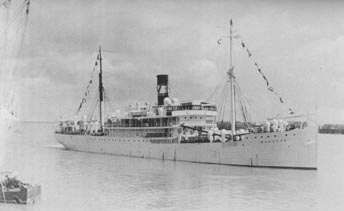
The 93m long vessel was sunk, as with many other Coron shipwrecks, by US Navy aircraft on the 24th of September 1944. She rests on her starboard side at a depth of 25m. Her port side hull rises to a depth of only 12-16m. As with some other Coron wrecks, her engines were salvaged in the 1960’s, but large boilers remain in place. Along with the cargo holds, these offer some satisfying opportunities for wreck penetration. There is a wide diversity of marine life on the wreck.
US Navy Records (from CoronWrecks.Com):
Olympia Maru (Army cargo ship)
While laden with 1,250 tons rice and 500 cubic meters of supply materials for the Japanese occupation forces in the Philippines she had suffered one direct bomb hit while in Manila Bay on 21 Sep. When (Japanese) Southern Army Command received air warnings on a second attack the vessel was ordered to relocate to Coron Bay. She arrived on 23 Sep 1540 and dropped anchor just West of Tangat Island. On 24 Sep around 0900 about 40 dive bombers took on Olympia Maru after she had weighed anchor already and tried to evade the attacking planes. 10 aircraft attacked from starboard, then from port side. It was not until the third wave when the bombers scored direct hits to the engine room causing an explosion of the oil tank at port side (the vessel was diesel engined). Fire spread over the engine room when another bomb went through again. The engine stopped, another series of bombs hit the galley and cargo holds. At 1330 fire spread all over the ship bending the mid-ship section. At 1426 the ship sank from the stern. 14 crewmen, 3 gunners and 2 passengers went down with the ship.
- Depth: 12 – 25m
- Suitable for: Open Water / Wreck Divers (suitability depends on prevailing currents)
- Perfect for: Basic/novice wreck penetrations / Underwater Photography
- GPS: 11deg; 58` 21″N / 120deg; 02` 39″E
The Tangat Wreck (Olympia Maru?)
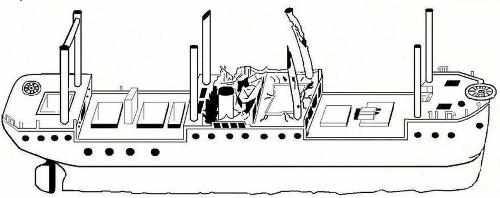
This wreck is another source of debate over her origin. Originally (and most commonly) referred to as the ‘Tangat Wreck’, she may be either the Olympia Maru or the Taiei Maru. She is a freighter, captured and utilized by the Imperial Japanese Navy and sunk with other vessels on the 24th of September 1944 by US naval airpower.
She is located in close proximity to Tangat Island and lies upright (slight tilt to the port side) at 30m depth. She is claimed to be 127m in length, 17m in breadth and weighed over 5000 tonnes. Her upper structure rises to a depth of 21m.

If, indeed, she is the Olympia Maru, she was built for Mitsubishi Shoji Kaisha Ltd but requisitioned during WWII by the Imperial Japanese Navy. Originally powered by steam engines, she was upgraded to two-stroke/six-cylinder (582hp) oil engines between 2 June and 2 August 1930.
Penetration is available to the cargo holds and some decks. She is covered with nice corals and a wealth of marine life, including some macro critters, such as ghost pipefish and seahorses – making her a favored location for underwater photographers. Visibility can vary between 3 – 15m, depending on the weather and season. Currents are typically mild.
- Depth: 23 – 30m
- Suitable for: Advanced Open Water / Wreck Divers
- Perfect for: Underwater Photographers and Macro Critter fans
- GPS: 11deg 59` 19″N / 120deg 02` 08″E
The Kyokuzan Maru
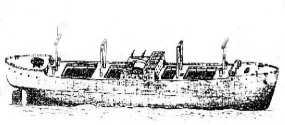
The Kyokuzan Maru was an auxiliary freighter serving a wartime logistics role in support of the Imperial Japanese Navy. At the time of her sinking, she was carrying a load of spare parts. Along with other Japanese war shipwrecks of Coron, she was sunk by US naval airpower on the 24th of September 1944 in a massive raid.
Her northerly position in Coron Bay (north-east of Busuanga Island) meant that she was one of the last ships to be sunk during the decisive attack – and her sinking is well documented in an after action report by VB-19 squadron.
After-Action Report by Commander R. McGowan, VB-19 of AG 19:
Due to attacks already begun in Coron Bay, and orders from the leader of the entire strike from another air group, this flight attacked targets described herein.”
TA-AK Single Stack of 10,000 to 12,000 tons
TB-AK 7,000 to 9,000 tons
TB-AK 7,000 to 9,000 tons“The ten planes on this flight dived upon the three AK’s described above. There is some doubt as to which planes attacked which targets, but more planes attacked the large single stack TA-AK than the other two. The three ships were almost line abreast in a small harbor on the north side of Busuanga Island in the northern part of the Calamian Group. The only photographic evidence available in the ship’s photographs is a K20 picture which was taken from either the fifth or sixth plane to dive and does not therefore show all of the bomb hits.”
“Interrogation reveals a hit on the port side of the single stack TA-AK, and there were three or more very near misses on this ship, and a fire started on the port side near the outer railing topside near the center of the ship. A very near miss while strafing in a dive also showed damage with a small fire to a TB-AK, also on the port side at about the same position. The hit upon the TA-AK was believed to be the bomb of Lieutenant L. R. Swanson.”
The Kyokuzan Maru is 135m long and lies upright at a depth of 39m, with her upper deck rising to 22-28m depth. Visibility is amongst the best in Coron…regularly as good as 20m+, with light-moderate current. Japanese army staff cars and trucks can be found in the cargo holds. Despite sinking from bombing, the wreck appears virtually intact (leading to speculation that it was actually abandoned and scuttled by its crew).
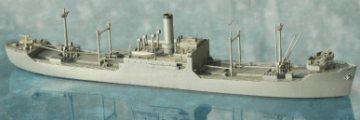
Located northeast of Busuanga Island, the distance from Coron means that this wreck is not as frequently visited by dive centers. It can be reached via long banka trip, or a combination of a (1 hr) jeepney ride to the north end of the island and a (30 min) boat ride. Typically, all trips to the Kyokuzan Maru are 2-3 dive trips.
- Depth: 22 – 39m
- Suitable for: Deep Divers / Technical Divers
- Perfect for: Wreck Enthusiasts
Coron, Philippines FAQs
Coron is a municipality in the province of Palawan, Philippines. It is located on the eastern part of Busuanga Island and is known for its stunning beaches, crystal-clear waters, and excellent diving spots. The town is a popular tourist destination, attracting both local and foreign visitors throughout the year.
The easiest way to get to Coron is by air travel. There are regular flights from Manila and Cebu to Busuanga Airport. Once you arrive at the airport, you can take a van or tricycle to the town proper. You can also take a ferry from Manila to Coron, which takes about 12 hours.
Coron is known for its beautiful beaches, lagoons, and coral reefs. The most popular attractions include Kayangan Lake, Twin Lagoon, Siete Pecados, Maquinit Hot Spring, and the wreck diving sites. Island hopping tours are also a must-do activity, where you can visit different islands and beaches in one day.
The best time to visit Coron is from December to April when the weather is generally dry and sunny. The water is also calmer during this time, making it perfect for diving and island hopping activities. However, it is also the peak tourist season, so expect higher prices and more crowds.
Coron offers a range of accommodation options, from budget guesthouses to luxury resorts. The town proper has a variety of affordable lodgings, while the more upscale resorts can be found on the nearby islands. Some of the popular choices include Two Seasons Coron Island Resort & Spa, Coron Soleil Garden Resort, and Darayonan Lodge.
Coron is known for its fresh seafood, particularly its grilled tuna and lobster. Other popular dishes include chicken adobo, sinigang (sour soup), and kinilaw (ceviche). Vegetarian options are also available, with some restaurants offering vegan and gluten-free choices.
Aside from its natural wonders, Coron also has cultural and historical attractions. The Calamian Tagbanua tribe, the indigenous people of Coron, has a rich history and culture that visitors can learn about through tours and cultural shows. The town also has several landmarks, such as the San Agustin Church and the WWII shipwrecks.
Coron is generally a safe place for tourists. However, like any other tourist destination, it is always best to take precautions and be mindful of your surroundings. Petty crime such as pickpocketing can happen, so keep your valuables safe. It is also important to follow safety protocols during the pandemic.
Tricycles are the main mode of transportation in the town proper, with fixed rates depending on the destination. Motorbikes and bicycles are also available for rent. Island hopping tours usually come with transportation, while private boats can also be rented for a more personalized experience.
Coron is known for its eco-tourism initiatives, particularly its efforts to preserve the marine ecosystem. The local government has implemented regulations to limit the number of visitors to some of the popular sites, such as Kayangan Lake and Twin Lagoon, to prevent overcrowding and protect the environment. Visitors are also encouraged to practice responsible tourism by following the guidelines and not leaving any trash behind.
About The Author

Andy Davis is a RAID, PADI TecRec, ANDI, BSAC, and SSI-qualified independent technical diving instructor who specializes in teaching sidemount, trimix, and advanced wreck diving courses.
Currently residing in Subic Bay, Philippines; he has amassed more than 10,000 open-circuit and CCR dives over three decades of challenging diving across the globe.
Andy has published numerous diving magazine articles and designed advanced certification courses for several dive training agencies, He regularly tests and reviews new dive gear for scuba equipment manufacturers. Andy is currently writing a series of advanced diving books and creating a range of tech diving clothing and accessories.
Prior to becoming a professional technical diving educator in 2006, Andy was a commissioned officer in the Royal Air Force and has served in Iraq, Afghanistan, Belize, and Cyprus.
In 2023, Andy was named in the “Who’s Who of Sidemount” list by GUE InDepth Magazine.

